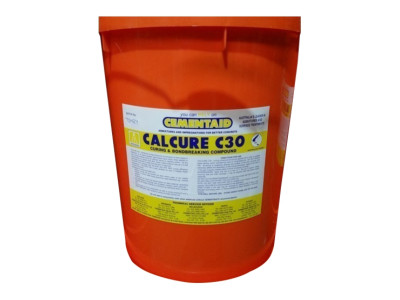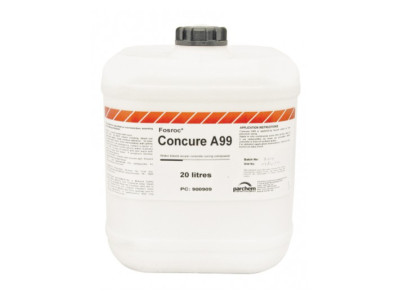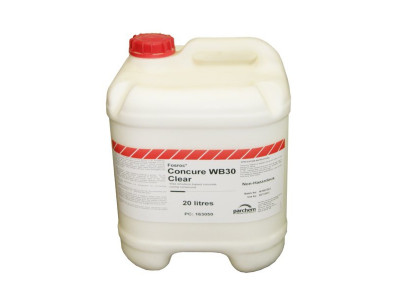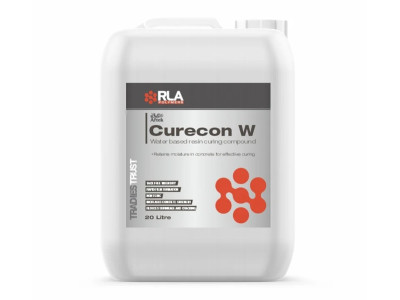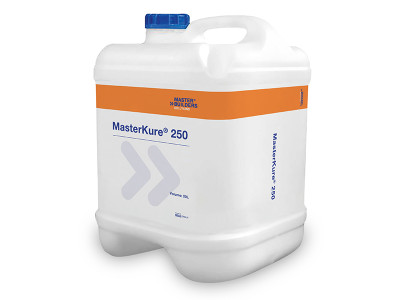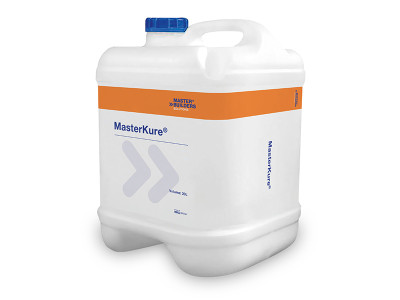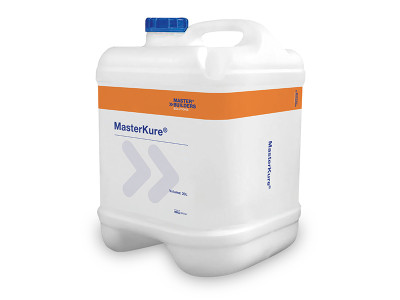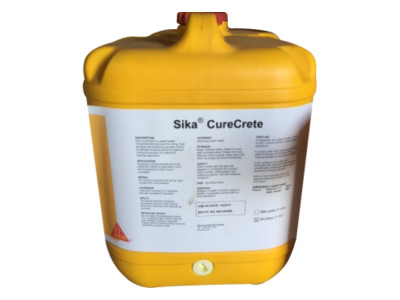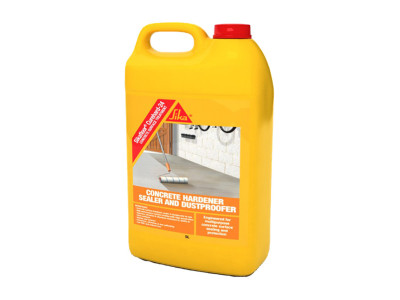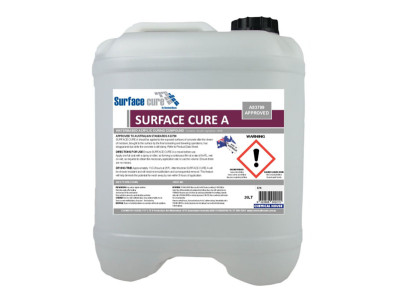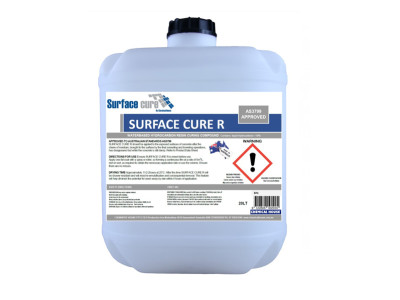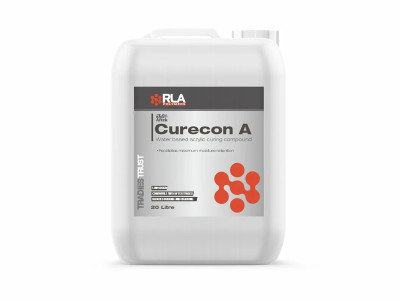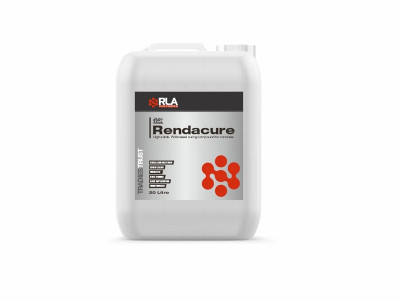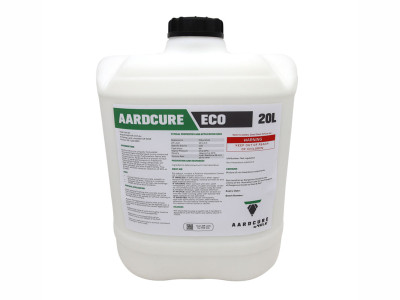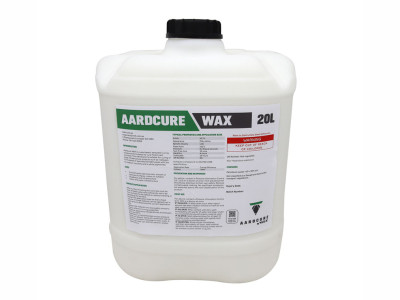Curing Agents
The purpose of curing compounds is to slow down the rate at which moisture is lost from freshly placed concrete during the curing process. In order to ensure that concrete sets and hardens correctly, curing compounds are crucial.
Curing compounds fall into two main categories: membrane-forming and non-membrane-forming. In order to slow down the rate of moisture loss in concrete, membrane-forming curing compounds form a continuous film over its surface. In contrast, non-membrane-forming compounds absorb and retain moisture within the concrete.
In order to prevent premature setting of concrete, curing compounds ensure that concrete does not dry out too quickly. Concrete requires a continuous supply of moisture in order to cure properly. The curing process should be consistent in order to ensure that concrete sets properly, resulting in a product that is more durable and stronger.
The use of curing compounds is also cost-effective and environmentally friendly. They help to reduce the overall cost of a construction project by preventing costly repairs and maintenance that would otherwise be required due to cracking and dust formation. Additionally, curing compounds do not emit harmful chemicals or pollutants into the air, making them a safe and sustainable option for the construction industry.


